This story about Living Room Conversations, a longstanding NCDD friend and member organization, articulates the vision and relevance of gathering with others to practice communication in spite of differences. In 2010, Joan Blades in collaboration with friends from different political identities, created Living Room Conversations when they noticed the increasing difficulties in communicating with people across political divides. Living Room Conversations provides an important practice space where people can meet and discuss issues that matter greatly to communities across America. These online gatherings allow, respect, and celebrate the diversity of viewpoints which are as varied as topics and participation.
The entire interview can be read below and you can find the original posting on the Gratefulness site here.
Grateful Changemakers: Living Room Conversations
 Living Room Conversations envisions a world where people who have fundamental differences of opinion and backgrounds learn to work together with respect and even joy. The non-profit’s open-source conversation model — developed by dialogue experts — provides an accessible structure for engaging in meaningful, civil conversation — anywhere in the world, even virtually — with those who may have different viewpoints. Anyone is welcome to use Living Room Conversation’s free resources, which can be adapted to address the needs of any community working to bridge divides. Co-founder Joan Blades (who also co-founded moveon.org) shares more about how Living Room Conversations build relationships that support collaborative problem-solving and generate compassion.
Living Room Conversations envisions a world where people who have fundamental differences of opinion and backgrounds learn to work together with respect and even joy. The non-profit’s open-source conversation model — developed by dialogue experts — provides an accessible structure for engaging in meaningful, civil conversation — anywhere in the world, even virtually — with those who may have different viewpoints. Anyone is welcome to use Living Room Conversation’s free resources, which can be adapted to address the needs of any community working to bridge divides. Co-founder Joan Blades (who also co-founded moveon.org) shares more about how Living Room Conversations build relationships that support collaborative problem-solving and generate compassion.
What sparked the creation of Living Room Conversations?
In 2004, I wanted to understand why conservative people saw things so differently than I did. This required intentional effort to spend time with people that have very different views. I made friends and learned a lot, but by 2010 it was actually harder to have a good conversation about the climate with a conservative than it was in 2005. This inspired me to work with dialogue experts to design a simple and small conversation format that is massively reproducible, and so I co-founded Living Room Conversations with a conservative and independent friend.
How does Living Room Conversations fill a need for our society?
We have teased ourselves apart so that we primarily spend time with and talk to like-minded people. This is making it easier and easier to demonize good people who have different beliefs than we do. Living Room Conversations invite us to reach out and get to know people who have different views than we do. The conversations allow us to deepen our own understanding as well as deepen relationships with friends and family. They improve our listening and connection skills. We have over 100 conversation guides based upon the current interests and needs of our users. The upcoming presidential election has inspired conversations about how we want to contribute to the political conversation.
A few years ago I began to describe this work as domestic peacebuilding. Terrible things can happen when we demonize people. Everybody I know from across the political spectrum wants good things for their community, their family, and the world. This is an important starting place. To address the big challenges we face, we need everyone’s best ideas and the capacity to work together.
What do you think inspires people to participate in Living Room Conversations?
Sometimes the motivation is an invitation to join a friend. Sometimes it is curiosity about a particular topic. Or the opportunity to get to know new people. Faith communities, libraries, and other groups offer Living Room Conversations to their members to deepen ties and also invite in missing voices. We have over 100 conversation guides on different topics, and the reasons for participating are as numerous as our many guides! As polarization has escalated in the U.S., more and more people no longer want to talk to “those people,” while there are others who are recognizing the deep dysfunction of dismissing entire segments of our population. And now with the coronavirus, there are people looking for meaningful connections at a time when they are feeling cut off from their normal social connections.
How does Living Room Conversations bring gratitude to life?
I’m grateful for the wonderful people I meet and the friends that join me. I’m grateful for increased understanding and sometimes increased confusion because I better understand the complexity of a challenge. I think everyone gets something different out of the conversations, but my experience may be a good sense of how this practice enriches our lives.
How does Living Room Conversations help cultivate qualities like awareness, appreciation, and compassion?
Living Room Conversations are a listening practice. Listening fully to others is generous and fulfilling. Awareness, appreciation, and compassion flow naturally out of the human connection that is nurtured. Conversations about forgiveness, hope, status and privilege, finding meaning, and many others offer space for self-reflection and more intentional living.
What are some of the common barriers, obstacles, and fears that arise for participants? How are they navigated?
Many people feel like they don’t have the time for a 90-minute or hour conversation. I think one of the reasons our model has been embraced in faith communities is that this practice speaks to our desire to be the best version of ourselves, which is what I think we seek in faith communities. Also some people are anxious about conversation with people who hold different views. It is easy to choose a conversation topic that is reflective, such as Forgiveness, rather than one that is focused on a controversial topic, such as Guns and Responsibility.
What has been the impact of the project thus far?
We have some sense of the impact but not nearly as much as we would like because our model is open-source, and we often don’t hear about outcomes. Fortunately there has been some research that has revealed evidence of immediate and longer-term impacts:
- Immediate – improved mindset, listening skills
- Immediate – learned something new every time
- Longer-term – application of tools to other parts of life
- Longer-term – interest in systemic change spurred by mutual understanding and “humanizing the other”
How does Living Room Conversations plan to grow/move forward?
We are working to support individuals and communities around the country in their use of Living Room Conversations. Also, we have wonderful partners. We know that the conversations have been used around the world, but our focus is the U.S. because this is where we have maximum cultural competence, which is key for this kind of work. These conversation guides are free to all that want to use them, and no fancy event or skilled facilitator is typically needed. We hope that massive numbers of people will choose to have Living Room Conversations and help create the kind of community we all want to live in.
In this particular time of transformation, Living Room Conversations have adjusted course to adapt to new needs — to help our in-person communities transition to video and enable people who are feeling isolated to connect in meaningful conversations. Our Minnesota leaders were having conversations about Covid-19, and now they are using our Race in the Time of Corona and Police and Community Relations conversations guides as well as writing new conversation guides to meet the needs in their community. These conversation guides are available for communities anywhere.
I dream of this work creating culture change — a world in which respect and dignity for all people is the norm. And even though we have not yet achieved this big vision, each conversation is beautiful and enlightening on its own. I am incredibly grateful to be able to work on this!
If you could share one message about gratefulness with the world, what would it be?
This world is amazingly beautiful. And the people I meet want good things for their communities and future generations. This gives me hope that we can do what we need to do if we can discover each other. I am grateful for this. If you too dream of a world in which respect and dignity for all people is the norm, please help us share this practice in whatever way you see it may serve this purpose.
You can find the original version of this interview on the Gratefulness site at gratefulness.org/grateful-news/grateful-changemakers-living-room-conversations/.

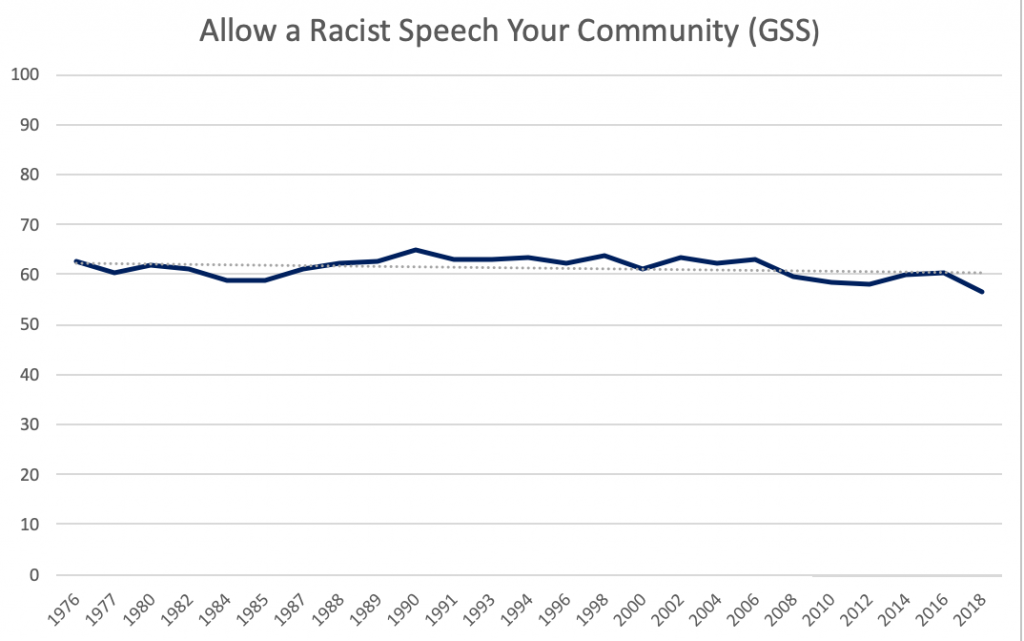
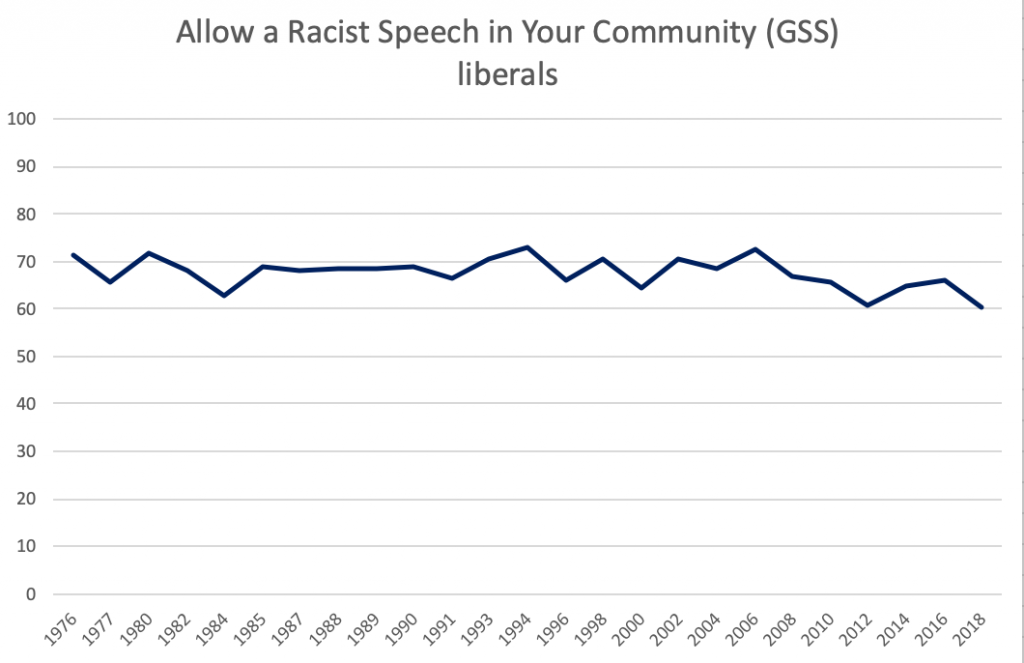
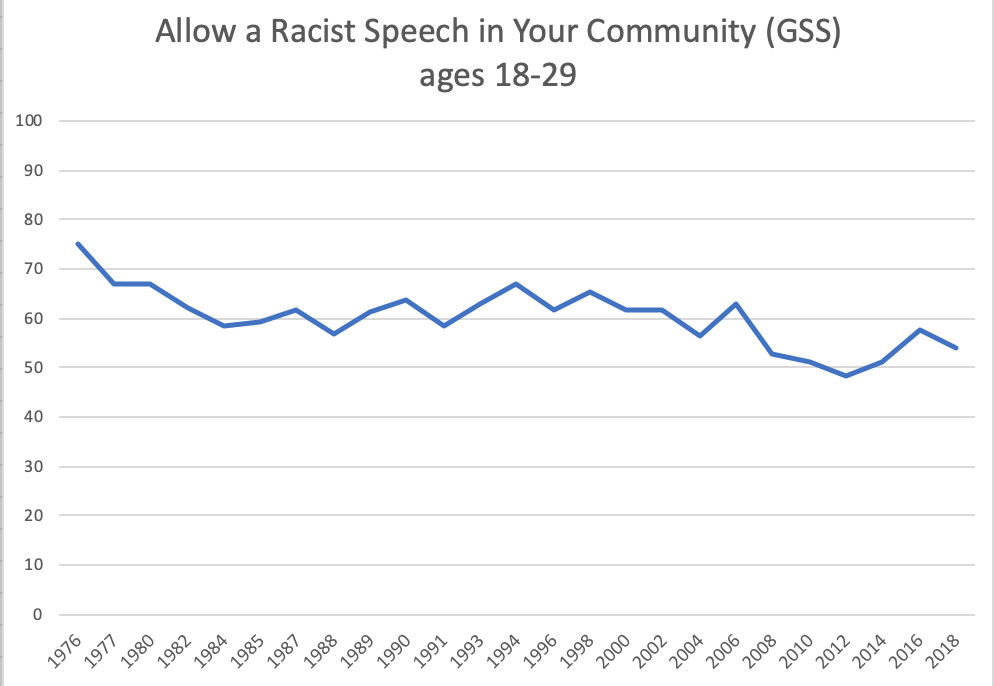
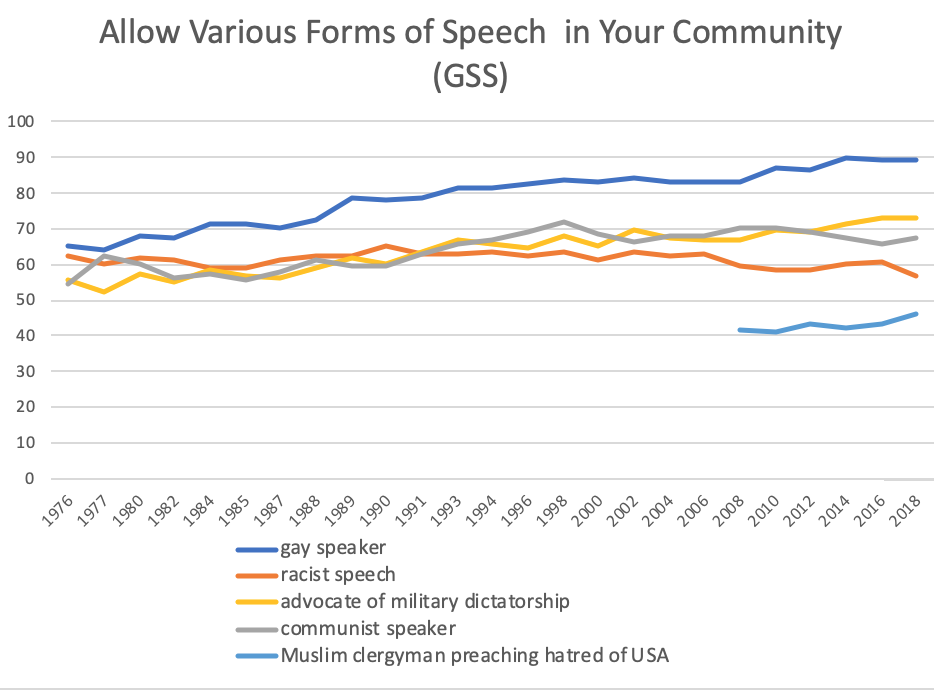
 The Safety and Justice Challenge supported by the John D. and Catherine T. MacArthur Foundation has been working with leaders across the country to tackle one of the greatest drivers of over-incarceration in America – the misuse and overuse of jails. Since January 2018, Everyday Democracy has been providing community engagement technical assistance to the Safety and Justice Challenge network and has helped specific jurisdictions adopt and implement racial equity-driven community engagement practices.
The Safety and Justice Challenge supported by the John D. and Catherine T. MacArthur Foundation has been working with leaders across the country to tackle one of the greatest drivers of over-incarceration in America – the misuse and overuse of jails. Since January 2018, Everyday Democracy has been providing community engagement technical assistance to the Safety and Justice Challenge network and has helped specific jurisdictions adopt and implement racial equity-driven community engagement practices.
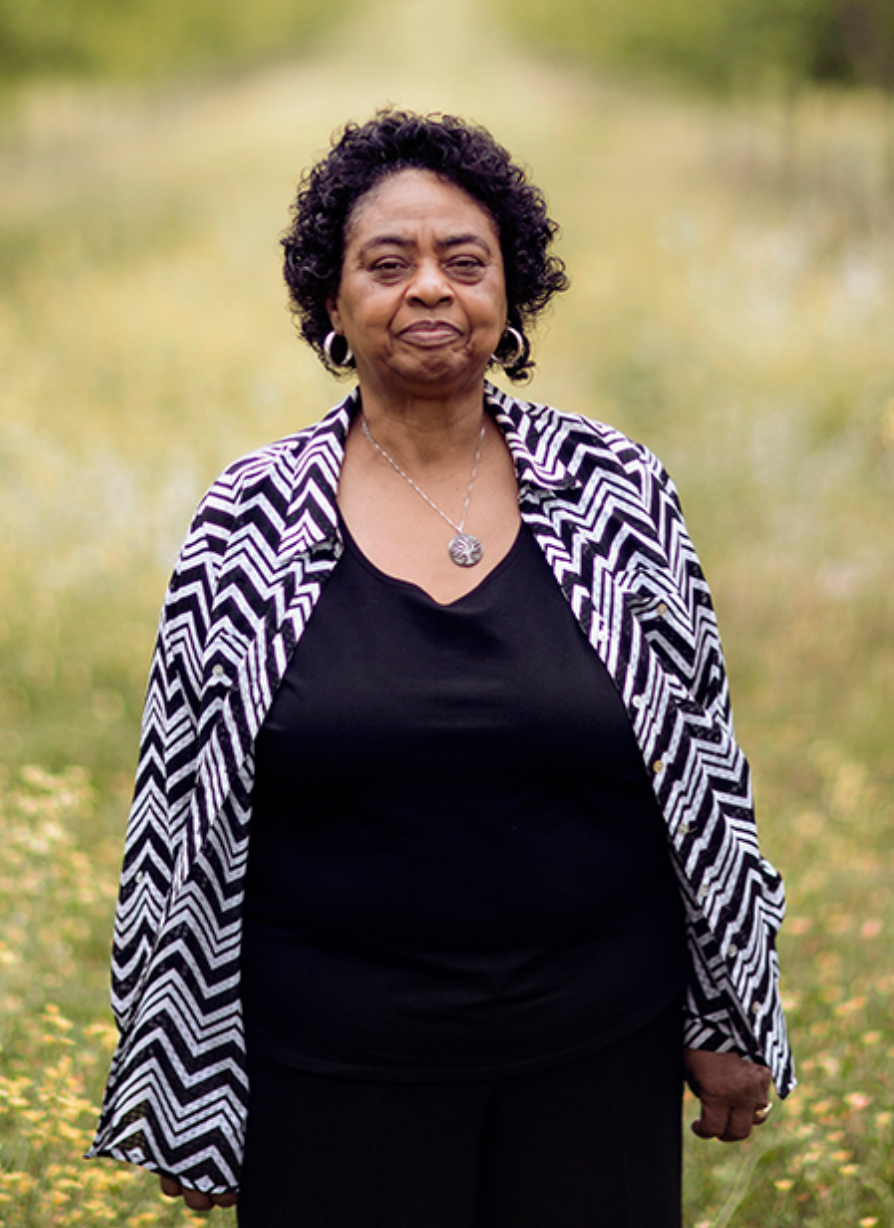
 The Los Angeles Times
The Los Angeles Times We are currently hiring for a Communications and Program Coordinator to support our Your Voice Ohio media collaborative.
We are currently hiring for a Communications and Program Coordinator to support our Your Voice Ohio media collaborative.